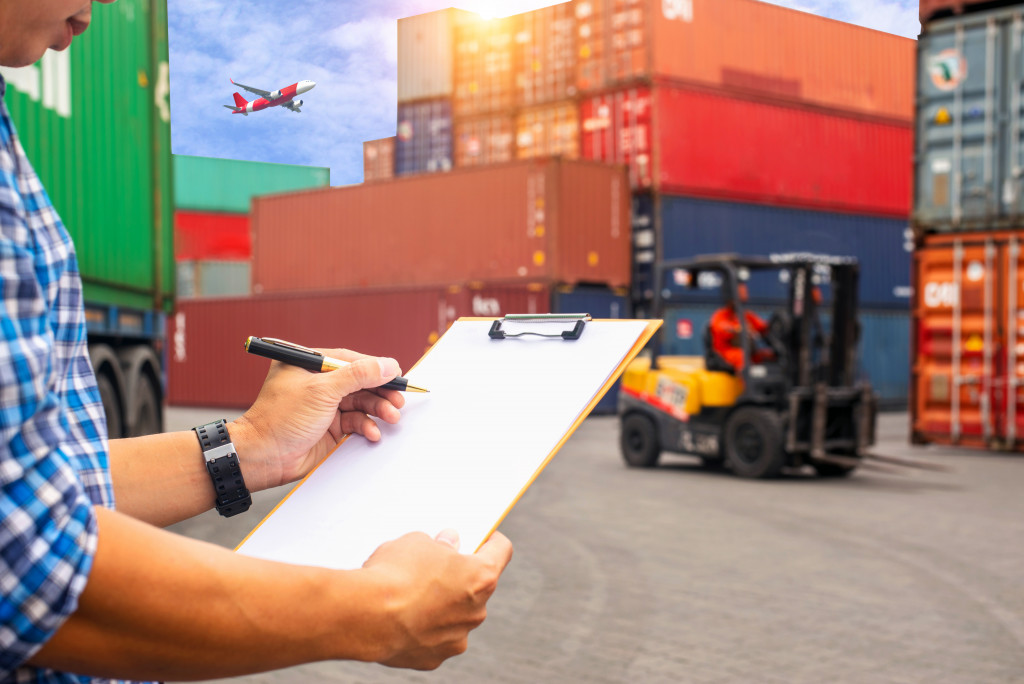Technology can streamline various processes within a business. Telehealth, for one, has been revolutionary for the healthcare industry the same way automatic mortgage rate calculators have been useful in the lending sector.
Managers must gain a better understanding of how tech can be utilized for their firm. The first step is identifying the determining the departments where tech can replace manual processes that are unnecessarily costly and inefficient. Reverse logistics, in particular, have everything to gain from the adoption of tech, particularly from tools like repair management software.
Conventional logistics involves the movement of goods from the manufacturer to the end customer. It requires forward thinking. The process will include direct order fulfillment, packing services, and shipping.
Reverse logistics moves the other way. Products, parts, or materials are returned from the end consumer and sent to the producer for return or exchange. The process typically involves recalls, returns, repairs, repackaging, disposal, or recycling. It’s often the result of customer dissatisfaction due to factors like buyer’s remorse, delivery error, or a damaged or defective product.
Optimizing reverse logistics techniques will enable companies to experience long-term benefits while minimizing loss of value and revenue from returned products. ; Technology, padded with an environment-friendly mindset, can do a lot for reverse logistics:

Incorporation of Technology
There are many solutions available to bring automation to reverse logistics. Managers planning to incorporate automation technology into their processes need to be equipped with the right tools and applications.
While fax machines, landlines, and traditional spreadsheets are inefficient and costly, businesses have turned to them for the safety they offer. The problem with new technological software and processes is that they can initially seem more complicated and hard to use. In effect, the learning curve can be slow.
But with the right training, technology can provide priceless benefits in the long run, especially in terms of easing and streamlining operations and reducing overall costs.
Gathering Information
Advanced software tools give firms access to massive amounts of information on data related to the reverse logistics process. This includes the ability to determine which products are returned most often.
With this insight, a business may have to reconsider its production process if the same products are repeatedly returned. They can examine the conditions in which the product is returned, and identify if there are patterns of failure.
Moreover, the software can establish the best path for returned items and streamline decisions on whether they should be liquidated, repaired, or thrown out completely.
Green Supply Chain
Good reverse logistics practices not only involve technology, they must also have a ‘reduce, reuse, recycle’ mentality when deciding what to do with the returned products when they reach the warehouse sorting facility.
Not all defective or damaged products should be disposed of or thrown to a landfill. Some might only need refurbishment or a simple repair. By trying to extend the life of these items and eliminating the need to manufacture or purchase new materials, businesses can save on costs with this green mindset.
Businesses must keep a close eye on managing and monitoring their reverse logistics processes to make sure they’re not losing out in potential value. Simple changes in production and warehouse decisions and utilizing the right tools can smoothen the whole reverse logistics cycle.

